Overview
This course provides IT Security Professionals with the knowledge and skills needed to implement security controls, maintain an organization’s security posture, and identify and remediate security vulnerabilities. This course includes security for identity and access, platform protection, data and applications, and security operations.

Objectives
At the end of AZ-500 Microsoft Azure Security Technologies training course, participants will learn to

Prerequisites
Successful learners will have prior knowledge and understanding of:
- Security best practices and industry security requirements such as defense in depth, least privileged access, role-based access control, multi-factor authentication, shared responsibility, and zero trust model.
- Be familiar with security protocols such as Virtual Private Networks (VPN), Internet Security Protocol (IPSec), Secure Socket Layer (SSL), disk and data encryption methods.
- Have some experience deploying Azure workloads. This course does not cover the basics of Azure administration, instead the course content builds on that knowledge by adding security specific information.
- Have experience with Windows and Linux operating systems and scripting languages.
Course labs may use PowerShell and the CLI.

Course Outline
Manage Identity and Access
This module covers Azure Active Directory, Azure Identity Protection, Enterprise Governance, Azure
AD PIM, and Hybrid Identity.
Lesson
- Azure Active Directory
- Hybrid Identity
- Azure Identity Protection
- Azure AD Privileged Identity Management
- Enterprise Governance
Implement Platform Protection
This module covers perimeter, network, host, and container security.
Lesson
- Perimeter Security
- Network Security
- Host Security
- Container Security
Secure Data and Applications
This module covers Azure Key Vault, application security, storage security, and SQL database
security.
Lesson
- Azure Key Vault
- Application Security
- Storage Security
- SQL Database Security


 Projects
Projects Assignments
Assignments









